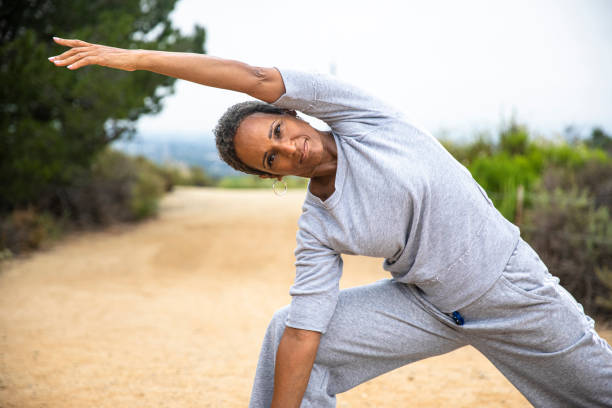There is more and more talk nowadays about “The M Word”- menopause. What was once a taboo subject is now gaining traction in the clinical world and we are starting to better understand what happens and the effects of the menopause on the body.
So, let’s first understand the basics- what is menopause? McLaren and Hum (2022) define menopause as “12 months after the last menstrual period”. Menopause is a natural occurrence in menstruating females and usually occurs around the age of 51, however it can start earlier. It can also occur early after a full hysterectomy or due to treatments for conditions such as endometriosis and breast cancer (Peacock and Ketvertis, 2022). The time prior to menopauseis referred to as the perimenopause and during this time oestrogen levels will fluctuate and this is where symptoms will become apparent. These symptoms include hot flushes, excessive sweating, tiredness, dry skin and eyes, hair loss, weight gain, migraines, and many others. One further symptom that we can help with is joint pain.
Joint pain is a symptom experienced by around 50% of women going through the menopause (Szoeke et al., 2008). Menopause causes the body to be oestrogen deficient and the lower levels of this hormone directly affect the joints. Recent studies have shown that a decrease in oestrogen affects bone density, muscle strength, and tendon health so it is understandable that women experience joint pain during the menopause (Chidi-Ogbolu and Baar, 2019). The areas most commonly affected by joint pain include the following: neck, shoulders, spine, elbows, hands, and knees (Davis and Jarvis, 2022).
But, it’s not all doom and gloom! Physiotherapy can help those experiencing joint pain caused by menopause. Your physiotherapist can help you manage and improve your symptoms to live a better quality of life. Movement is effective for reducing pain and your physiotherapist can provide a structured program to improve endurance, strength, and balance in a progressive manner. You don’t have to put up with your symptoms- we can help!
With a decrease in oestrogen women are at an increased risk of developing osteoarthritis (degeneration in the joints) or osteoporosis (thinning of the bones). Again, working with a physiotherapist can help reduce your chances of developing one of these conditions. Increased movement can also battle other symptoms of the menopause such as weight gain and low mood. There really is no downside of physical activity!
Are you of menopausal age and experiencing joint pain? Get in touch today!
